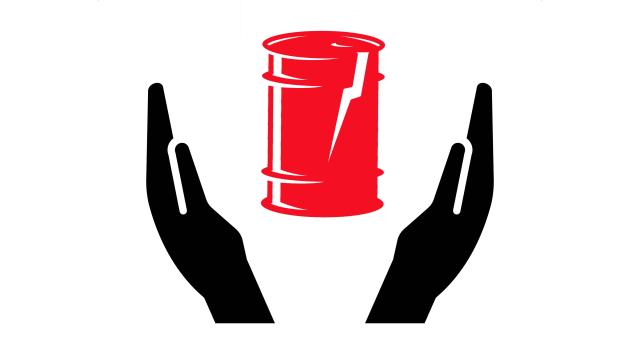
(Source: HartEnergy.com; Ainul muttaqin, A-spring, Wichaiwish/Shutterstock.com)
John Kemp is a Reuters market analyst. The views expressed are his own.
LONDON—U.S. petroleum inventories are gradually becoming less bloated as crude imports remain low and refiners limit fuel production, but the slow pace of the drawdown underscores the fragility of oil market rebalancing.
Total stocks of crude oil and products fell last week, the fifth decline in six weeks, according to data from the U.S. Energy Information Administration (EIA).
With a fall of 5 million barrels (MMbbl) last week total stocks are now down by 23 MMbbl from the record 2.11 billion barrels at the start of July.
In line with previous weeks, inventory draws were again led by crude (-4 MMbbl) and gasoline (-3 MMbbl) while distillate fuel oil and jet fuel stocks were unchanged and there were small builds in other products.
Crude stocks are still 4% above the five-year seasonal average, but that is an improvement on the surplus of almost 6% in the middle of July.
Gasoline stocks are 7% above average (but down from 12% in mid-April) and distillate stocks are 24% above average (down from 29% at the start of June).
Fuel consumption remains far below normal, but by restricting crude processing, refiners are gradually working off excess stocks.
The total volume of petroleum products supplied to the domestic market has been 12% below the five-year average over the past four weeks. Refinery crude processing, meanwhile, has been 15% below average.
Despite restricted crude processing, crude stocks have continued to fall, partly owing to the unusually slow rate of imports, especially from Saudi Arabia.
Oil inventories are slowly normalizing, but progress has been slower than expected at the end of the second quarter, principally because of the lingering impact of the COVID-19 pandemic on consumption.
In its latest assessment, published on Aug. 19, the Joint Ministerial Monitoring Committee of OPEC+ drew attention to the oil market’s “fragility,” especially on the consumption side.
If consumption continues to recover more slowly than originally projected, OPEC+ will eventually have to revise its production schedule to cut output deeper for longer.
Recommended Reading
Chesapeake Enters into Long-term LNG Offtake Agreement
2024-02-13 - Chesapeake Energy entered into a long-term liquefaction offtake sale and purchase agreement with Delfin LNG and Gunvor Group for a 20-year period.
Exclusive: Chevron Balancing Low Carbon Intensity, Global Oil, Gas Needs
2024-03-28 - Colin Parfitt, president of midstream at Chevron, discusses how the company continues to grow its traditional oil and gas business while focusing on growing its new energies production, in this Hart Energy Exclusive interview.
Excelerate Energy’s CEO Kobos Bullish on US LNG
2024-02-22 - In a world rattled by instability, his company offers a measure of energy security to natural gas users via its fleet of floating storage and regasification units.
Gunvor Group Inks Purchase Agreement with Texas LNG Brownsville
2024-03-19 - The agreement with Texas LNG Brownsville calls for a 20-year free on-board sale and purchase agreement of 0.5 million tonnes per annum of LNG for a Gunvor Group subsidiary.
US Expected to Supply 30% of LNG Demand by 2030
2024-02-23 - Shell expects the U.S. to meet around 30% of total global LNG demand by 2030, although reliance on four key basins could create midstream constraints, the energy giant revealed in its “Shell LNG Outlook 2024.”





